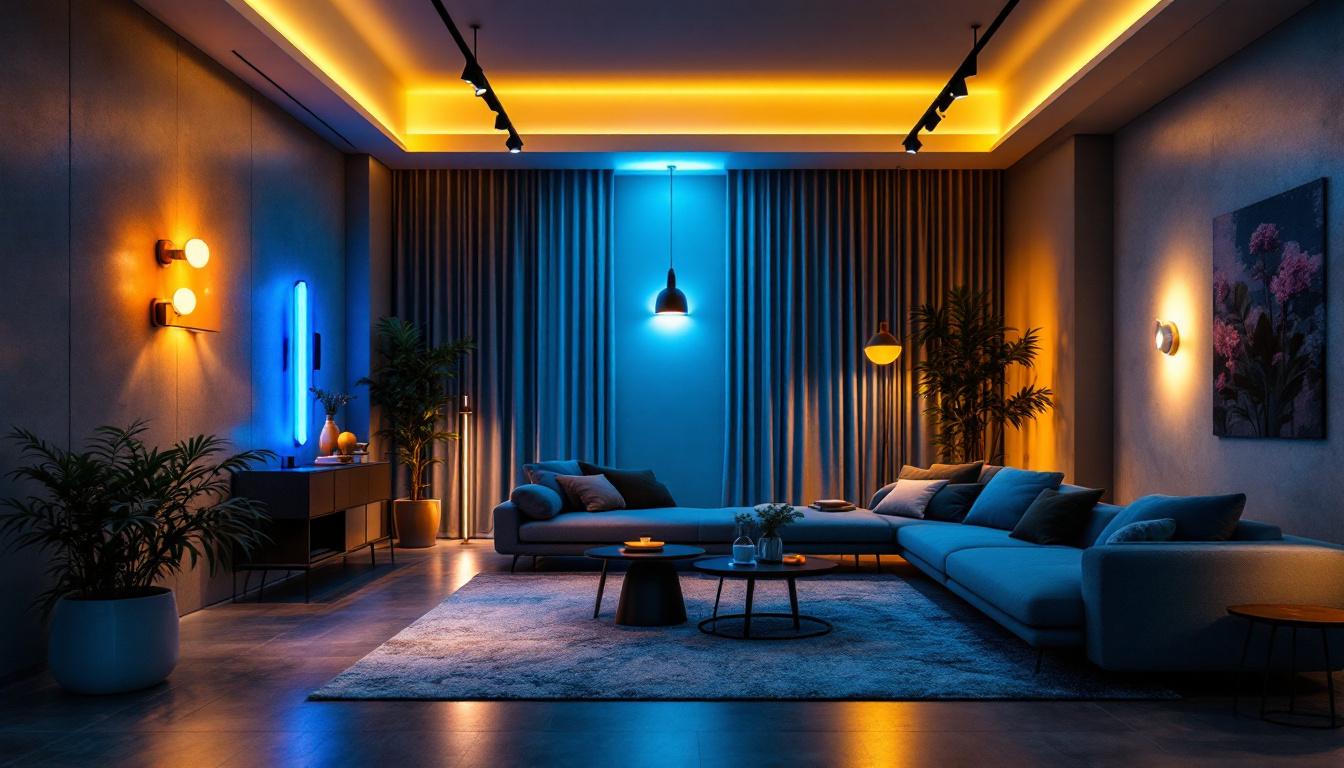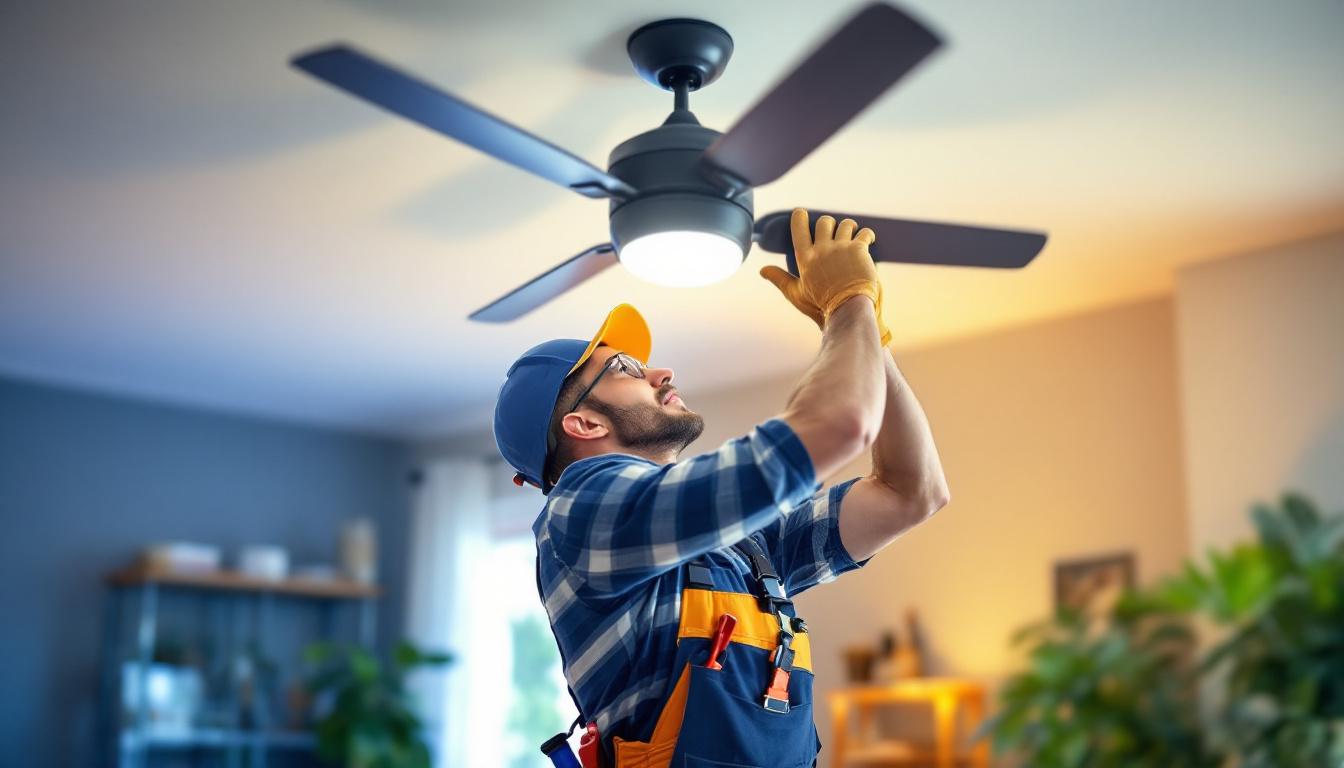
In the world of modern lighting, LED tape flexible strip lighting has emerged as a versatile and popular choice for both residential and commercial applications. Its adaptability and ease of installation make it a favorite among lighting contractors. However, despite its many advantages, there are common pitfalls that can lead to subpar results or even safety hazards. This guide aims to highlight these mistakes, providing valuable insights for lighting contractors to enhance their projects and client satisfaction.
Before diving into the common mistakes, it’s essential to understand what LED tape lighting is and how it functions. LED tape, also known as LED strip lighting, consists of a flexible circuit board populated with light-emitting diodes (LEDs). This design allows for a variety of applications, from accent lighting to full-scale illumination. The strips can be cut to length, bent around corners, and easily installed in various settings. Their versatility makes them a favorite among both DIY enthusiasts and professional contractors alike, as they can transform any space with minimal effort.
In addition to their adaptability, LED tape lighting is often equipped with advanced features such as dimming capabilities and smart technology integration. Many modern strips can be controlled via smartphone apps or voice commands, allowing users to adjust brightness and color settings with ease. This level of control not only enhances the ambiance of a room but also contributes to energy savings by enabling users to customize their lighting based on the time of day or activity. As a result, LED tape lighting is not just a practical solution; it also offers a unique opportunity to create dynamic environments that can evolve with the needs of the occupants.
LED tape lighting is characterized by several key features that make it appealing to contractors:
Moreover, the installation process for LED tape lighting is relatively straightforward, often requiring only adhesive backing or mounting clips for secure placement. This ease of installation is particularly beneficial for those looking to undertake home improvement projects without the need for extensive electrical work. Furthermore, many LED tape lights come with waterproof options, making them suitable for both indoor and outdoor applications. This durability ensures that they can withstand various environmental conditions while still providing consistent performance. Whether illuminating a garden pathway or creating a cozy atmosphere in a living room, LED tape lighting proves to be a versatile and effective choice for modern lighting needs.
Even experienced contractors can fall prey to common mistakes when working with LED tape lighting. Here are some of the most significant pitfalls to watch out for:
One of the most critical steps in any lighting project is thorough planning and accurate measurement. Failing to measure the installation area correctly can lead to purchasing the wrong length of LED tape, resulting in wasted materials and time.
Before starting the installation, take precise measurements of the space where the LED tape will be applied. Consider the layout, including any corners or obstacles. Additionally, plan for power sources and control options to ensure a seamless installation process. It can also be beneficial to sketch a layout of the intended design, as this visual aid can help identify potential challenges and ensure that all angles are accounted for. A well-thought-out plan not only saves time but also enhances the overall aesthetic appeal of the lighting scheme.
LED tape lighting typically operates on either 12V or 24V systems. Using the incorrect voltage can lead to poor performance or damage to the LEDs. It is crucial to match the LED strip with the appropriate power supply to ensure optimal functionality.
Always check the specifications of the LED tape and the power supply. Additionally, consider voltage drop, especially for long runs of LED tape. Voltage drop can cause the LEDs at the far end of the strip to appear dimmer than those closer to the power source. To mitigate this issue, you might want to use thicker gauge wires for longer runs or even consider using multiple power feeds to maintain consistent brightness across the entire length of the installation. This attention to detail can make a significant difference in the performance and longevity of your lighting setup.
Most LED strips come with an adhesive backing for easy installation. However, the quality of the adhesive can vary, and improper application can lead to peeling or detachment over time. Ensure that the surface is clean and dry before applying the tape, and press firmly to secure it in place.
For added durability, consider using additional mounting hardware, such as clips or brackets, especially in high-traffic areas or where the tape may be exposed to heat or moisture. Furthermore, if you are installing LED tape in a location that may experience temperature fluctuations, such as outdoor settings or garages, it may be wise to select a high-temperature adhesive or silicone sealant to ensure a strong bond. This proactive approach can prevent future issues and help maintain the integrity of your lighting installation over time.
Proper installation techniques are vital for achieving the desired lighting effects and ensuring the longevity of the LED tape. Here are some common mistakes to avoid during installation:
LED strips have a maximum wattage that should not be exceeded. Overloading the circuit can lead to overheating and potential fire hazards. Always calculate the total wattage of the LED strips being used and ensure that the power supply can handle the load.
To prevent circuit overload, consider using multiple power supplies for longer runs or dividing the installation into sections. This approach not only enhances safety but also improves the overall performance of the lighting system.
LEDs generate heat during operation, and excessive heat can shorten their lifespan. Failing to account for heat dissipation can lead to premature failure of the LED strips. To mitigate this issue, ensure that the strips are installed on surfaces that allow for adequate airflow or consider using heat sinks.
Additionally, avoid enclosing the LED tape in tight spaces without ventilation. If the installation requires covering the strips, use materials that can withstand heat and allow for some degree of airflow.
Wiring is a critical aspect of any lighting installation. Poor wiring can lead to flickering lights, inconsistent brightness, or complete failure of the LED strips. Ensure that all connections are secure and that the wiring is appropriate for the voltage and amperage of the system.
Use soldering or high-quality connectors for a reliable connection, and avoid twisting wires together without proper insulation. Additionally, pay attention to polarity when connecting the strips to the power supply, as incorrect polarity can damage the LEDs.
Even with the best installation practices, issues can arise over time. Understanding how to maintain and troubleshoot LED tape lighting can save contractors time and improve client satisfaction.
Encourage clients to conduct regular inspections of their LED tape lighting. Look for signs of wear, such as flickering lights, discoloration, or peeling adhesive. Early detection of issues can prevent more significant problems down the line.
During inspections, check the power supply and wiring connections as well. Loose connections can lead to inconsistent performance and should be addressed promptly.
When issues arise, having a systematic approach to troubleshooting can be beneficial. Common problems include:
Educating clients about LED tape lighting can significantly enhance their experience and satisfaction. Providing them with information on usage, maintenance, and troubleshooting can empower them to take better care of their lighting systems.
Consider creating or providing user manuals that outline the features of the LED tape lighting, installation guidelines, and maintenance tips. A well-documented manual can serve as a valuable resource for clients, helping them understand their new lighting system.
During the installation process, take the time to demonstrate how the lighting works. Show clients how to use any control systems, such as dimmers or smart home integrations. This hands-on approach can build confidence and ensure they are comfortable using their new lighting.
LED tape flexible strip lighting offers a wealth of opportunities for innovative lighting designs. However, avoiding common mistakes is crucial for ensuring successful installations and satisfied clients. By understanding the nuances of LED tape lighting, from planning and installation to maintenance and troubleshooting, lighting contractors can enhance their skills and deliver exceptional results.
By focusing on these key areas, contractors can not only avoid pitfalls but also elevate their reputation in the industry. With careful attention to detail and a commitment to quality, the use of LED tape lighting can transform spaces and create stunning visual effects that clients will love.
Ready to elevate your lighting projects with the highest quality LED tape lighting? Look no further than LumenWholesale, where we provide contractors with spec-grade lighting products at unbeatable wholesale prices. Say goodbye to local distributor markups and hello to our extensive selection that meets rigorous industry standards. With LumenWholesale, you’ll enjoy the convenience of hassle-free bulk buying, free shipping, and the assurance of top-tier lighting for every installation. Don’t compromise on quality or value—click to experience the best in wholesale lighting at the best value with LumenWholesale.

Discover why purchasing LED lamps online is a game-changer for lighting contractors.

Explore the transformative impact of LED lighting on modern design and installation practices.

Discover essential tips and expert techniques for lighting contractors to efficiently replace fans.

Explore innovative strategies from expert lighting contractors on enhancing outdoor spaces with dusk till dawn lighting solutions.